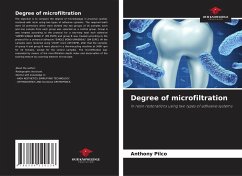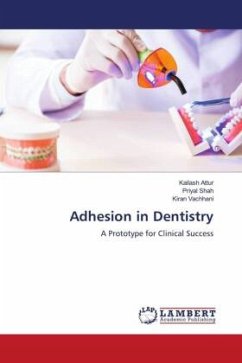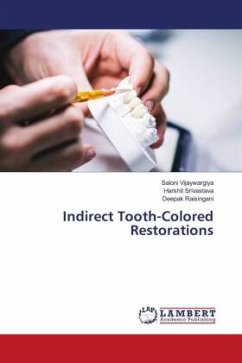The objective is to compare the degree of microleakage in proximal cavities restored with resin using two types of adhesive systems. The required teeth were 32 premolars which were divided into two groups of 16 samples each and one sample from each group was selected as a control group. Group A was treated according to the protocol for a two-step total etch adhesive "ADPER SINGLE BOND 2" (3M ESPE) and group B was treated according to the protocol for a universal adhesive "SINGLE BOND UNIVERSAL" (3M ESPE). All the samples were restored using "Z100" resin (3M ESPE), after that the samples of group A and group B were placed in a thermocycling machine at 3400 rpm for 10 minutes, except for the control samples. The microfiltration was evaluated by means of the microfiltration depth index and observation of the staining texture by scanning electron microscope.
Bitte wählen Sie Ihr Anliegen aus.
Rechnungen
Retourenschein anfordern
Bestellstatus
Storno








